The Komodo dragon, the world’s largest lizard, has captivated scientists and wildlife enthusiasts for decades with its impressive hunting capabilities. While its massive size and powerful build are intimidating enough, perhaps the most fearsome aspect of this prehistoric-looking predator is its deadly bite.
For years, researchers believed the Komodo dragon’s saliva harbored a unique cocktail of deadly bacteria that caused fatal infections in prey animals. However, modern research has revealed a far more complex and fascinating story behind what makes this apex predator’s bite so lethal. From venom glands to specialized proteins, the Komodo dragon’s oral arsenal represents one of nature’s most effective hunting adaptations, allowing these remarkable reptiles to take down prey many times their size.
The Bacteria Myth: Debunking Old Theories

For decades, scientists and naturalists believed that Komodo dragons killed their prey through septic shock caused by the numerous pathogenic bacteria residing in their mouths. This theory suggested that their saliva contained over 50 strains of bacteria, creating a deadly cocktail that would infect and eventually kill prey that escaped the initial attack. Wildlife documentaries frequently portrayed Komodo dragons patiently tracking bitten prey for days, waiting for bacterial infection to weaken the animal before delivering the final blow.
However, this long-accepted theory came under scrutiny in the early 2000s when microbiologists began more carefully examining the oral bacteria of Komodo dragons. Studies revealed that while their mouths do contain bacteria, the composition isn’t significantly different from other predatory animals. Furthermore, the bacteria present weren’t unusually virulent compared to those found in other carnivores, casting serious doubt on the septic bite hypothesis that had dominated scientific literature for nearly a century.
The Venom Discovery: A Scientific Breakthrough

In 2009, researchers led by Dr. Bryan Fry made a groundbreaking discovery that revolutionized our understanding of Komodo dragons. Through detailed anatomical studies and MRI scans, they identified previously unknown venom glands in the lower jaws of these giant lizards. These complex glands produce a sophisticated venom containing over 600 different toxic proteins that work in concert to incapacitate prey. Unlike snake venom, which is delivered through hollow fangs, Komodo dragon venom seeps into wounds created by their serrated teeth during a bite.
The discovery fundamentally changed our understanding of reptilian evolution, as it suggested that venom production might be an ancestral trait in lizards rather than independently evolved in snakes. This finding not only explained the deadly efficiency of Komodo dragon predation but also established these creatures as one of the few venomous lizard species known to science, alongside their close relatives, the Gila monster and Mexican beaded lizard.
How Komodo Dragon Venom Works

Komodo dragon venom operates through a sophisticated mechanism designed to rapidly incapacitate prey. Unlike the neurotoxic venoms of many snakes that target the nervous system, Komodo venom primarily functions as a potent anticoagulant, preventing blood from clotting and inducing a state of shock in victims. When a Komodo dragon bites its prey, the venom causes blood vessels to dilate dramatically, triggering a rapid drop in blood pressure that often leads to unconsciousness within minutes. Simultaneously, other venom components inhibit blood clotting mechanisms, causing wounds to bleed profusely and preventing natural healing processes.
Additional venom proteins induce muscle paralysis and amplify pain signals, further debilitating the prey animal. This multi-pronged attack on the victim’s physiology creates a cascading systemic failure that can kill even large animals like water buffalo, deer, or wild boars relatively quickly, contrary to the old belief that prey died slowly from infection.
The Specialized Teeth: Perfect Delivery System

Komodo dragons possess a remarkable set of dental adaptations that work in perfect concert with their venom to create an efficient killing apparatus. Their mouths contain approximately 60 serrated, replaceable teeth that resemble those of extinct carnivorous dinosaurs in both form and function. These teeth have specialized serrations that create jagged, hard-to-heal wounds when the dragon bites and pulls back, effectively acting like steak knives. The unique curved shape of their teeth, combined with powerful jaw muscles, allows Komodo dragons to tear out substantial chunks of flesh with each bite.
Between the teeth are numerous grooves and crevices that help channel venom into the wound during a bite, ensuring maximum envenomation. Perhaps most impressively, Komodo dragons continuously replace their teeth throughout their lives, shedding and regrowing new teeth in a rotating pattern that ensures they always have sharp, functional dentition—a critical adaptation for a predator that relies on its bite to secure meals.
The Role of Bacteria in Komodo Bites

While bacteria aren’t the primary killing mechanism as once believed, they still play an important supporting role in the Komodo dragon’s predatory strategy. Research has identified numerous bacterial species in Komodo dragon mouths, including Pasteurella multocida, Staphylococcus, and various anaerobic bacteria that can cause serious infections. These bacteria can colonize bite wounds and potentially contribute to wound complications if prey animals survive the initial envenomation. Komodo dragons frequently feed on carrion and often have decaying meat trapped between their teeth, which creates an environment where bacteria thrive.
Some scientists hypothesize that the dragons may have developed a symbiotic relationship with certain oral bacteria, where the dragons provide habitat while benefiting from the bacteria’s contribution to prey incapacitation. Interestingly, Komodo dragons appear immune to many of these bacteria, suggesting they’ve evolved specialized antimicrobial properties in their blood to protect themselves from infection—a potential source for new antibiotic development in human medicine.
Hunting Techniques: Ambush and Pursuit

Komodo dragons employ sophisticated hunting techniques that maximize the effectiveness of their venomous bite. Despite their bulky appearance, these reptiles can reach speeds of up to 20 kilometers per hour in short bursts, allowing them to launch surprising ambush attacks on unsuspecting prey. They often lie motionless along game trails, using their excellent camouflage to blend into the surrounding landscape until potential prey approaches within striking distance. When hunting larger animals like deer or water buffalo, Komodo dragons typically target the legs or underside, delivering a powerful bite before retreating to safety.
The venom begins working immediately, and the dragons will track bitten prey using their extraordinary sense of smell, which can detect carrion from up to 9.5 kilometers away. For smaller prey, Komodo dragons may employ a different strategy, using their powerful tails and claws to stun the animal before delivering a killing bite to the neck or head. This behavioral flexibility, combined with their venomous bite, makes them extraordinarily successful hunters in their island habitats.
Evolution of Venom Systems in Lizards

The discovery of venom in Komodo dragons has profound implications for our understanding of reptilian evolution. Contrary to previous beliefs that venomous capabilities evolved independently in different reptile lineages, modern research suggests that venom production may be an ancestral trait in squamates (lizards and snakes). Genetic analysis indicates that the venom-producing genes in Komodo dragons share common ancestry with those found in venomous snakes, suggesting they evolved from a common venomous ancestor that lived more than 100 million years ago.
This evolutionary link is further supported by the identification of rudimentary venom glands in many other lizard species previously considered non-venomous. The Komodo dragon’s venom system represents a highly specialized version of this ancestral trait, having evolved to suit their specific ecological niche as large-bodied apex predators. Scientists now believe that many other lizard species may produce venom-like substances in varying degrees, though most lack the specialized delivery mechanisms and potent toxins found in Komodo dragons and their close relatives in the Helodermatidae family.
Comparing Komodo Venom to Other Venomous Animals

Komodo dragon venom occupies a unique position in the spectrum of animal venoms, with characteristics that distinguish it from the better-studied venoms of snakes, spiders, and other venomous creatures. Unlike the neurotoxic venoms of cobras or the hemotoxic venoms of vipers, Komodo venom functions primarily as a complex anticoagulant with additional properties that induce hypotension and shock. In terms of delivery, Komodo dragons utilize what scientists call a “grip and rip” strategy rather than the precision injection method of snakes or scorpions. The protein composition of Komodo venom shows interesting parallels with certain snake venoms, particularly in the presence of kallikrein-like proteins that affect blood pressure and coagulation.
However, Komodo venom contains unique components not found in other venomous animals, including specialized proteins that may have evolved specifically to target the large mammalian prey these lizards hunt. Interestingly, while many venomous animals produce relatively small amounts of venom, Komodo dragons can deliver copious quantities with each bite, reflecting their evolutionary adaptation to hunting large prey animals that require significant envenomation to subdue.
Medical Implications: Potential for New Drugs

The complex cocktail of proteins in Komodo dragon venom holds significant potential for medical applications, particularly in the development of novel anticoagulant medications. Researchers have identified several promising compounds that might lead to new treatments for thrombosis, stroke, and heart attacks—conditions where preventing blood clots is crucial. The venom’s hypotensive components could potentially inspire new antihypertensive medications with novel mechanisms of action. Beyond cardiovascular applications, certain peptides in Komodo venom show antimicrobial properties that could help address the growing crisis of antibiotic resistance.
Scientists are particularly interested in crotamine-like peptides from the venom that demonstrate potent activity against multi-drug resistant bacteria. The Komodo dragon’s own immune system, which protects it from its oral bacteria and venom, is another area of intense research interest. Blood samples from these animals have revealed antimicrobial peptides with remarkable effectiveness against clinically relevant pathogens, potentially opening new avenues for antibiotic development at a time when new options are desperately needed in human medicine.
Surviving a Komodo Dragon Bite

Surviving a Komodo dragon bite is possible but requires immediate and specialized medical intervention. The primary concerns are profound bleeding, shock, and secondary infection, all of which must be addressed urgently. First aid should focus on immobilizing the affected area, applying pressure to control bleeding, and rapid transportation to a medical facility capable of providing advanced care. Once at a hospital, treatment typically involves administration of broad-spectrum antibiotics to prevent infection, along with supportive measures such as intravenous fluids to combat shock and maintain blood pressure.
Blood transfusions may be necessary in cases of severe hemorrhage caused by the venom’s anticoagulant effects. Unlike snake bites, there is currently no specific antivenom available for Komodo dragon envenomation, making treatment primarily supportive rather than directly counteracting the venom. Documentation of human survivals exists, though most involve wildlife handlers or researchers who received prompt medical attention after being bitten by captive specimens, highlighting the importance of early intervention and proper wound management in determining outcomes.
Conservation Status and Human Interactions

Komodo dragons are classified as vulnerable on the IUCN Red List, with an estimated wild population of fewer than 6,000 individuals restricted to a handful of Indonesian islands. Their limited range makes them particularly susceptible to habitat loss, with human development and agricultural expansion representing significant threats to their continued survival. Climate change poses an additional challenge, as rising sea levels threaten to reduce the available habitat on the low-lying islands these reptiles call home. Despite their fearsome reputation, attacks on humans are relatively rare, typically occurring when people venture into dragon territory without proper precautions or when the animals are provoked.
The Indonesian government has established Komodo National Park, which protects approximately 70% of the world’s wild Komodo dragons while allowing for carefully managed ecotourism that benefits local communities economically. Conservation efforts focus on habitat preservation, preventing poaching, reducing human-dragon conflicts, and maintaining genetic diversity in these remarkable animals, whose unique venom systems continue to offer valuable insights for both evolutionary biology and medical research.
Recent Research Developments

Recent scientific investigations continue to unravel new complexities in the Komodo dragon’s venomous arsenal. Advanced proteomics techniques have identified previously unknown venom components, including novel natriuretic peptides that may contribute to the rapid blood pressure drop experienced by bitten prey. Genomic studies published in 2019 revealed that Komodo dragons possess unique genetic adaptations that enhance the efficiency of their venom delivery system, including modifications to salivary gland development and specialized proteins that increase venom production.
Behavioral research using high-speed cameras has documented the precise bite mechanics these predators employ, showing how they strategically target areas where venom can be most effectively delivered into the bloodstream. Perhaps most intriguingly, ongoing research suggests Komodo dragons may be able to modulate their venom composition based on prey type or environmental conditions, representing a level of physiological sophistication previously unrecognized in reptiles. These cutting-edge studies not only enhance our understanding of these remarkable predators but also continue to overturn long-held misconceptions about the primitive nature of reptilian hunting strategies.
Conclusion: Nature’s Perfect Predator

The Komodo dragon’s deadly saliva represents one of nature’s most sophisticated predatory adaptations, combining complex venom, specialized dentition, and refined hunting behaviors into an incredibly effective package. What was once misunderstood as simply a “bacteria-laden mouth” has been revealed through modern science to be a precisely evolved venomous weapon system worthy of deep scientific investigation. These magnificent reptiles, having evolved in isolation on Indonesia’s Lesser Sunda Islands, demonstrate how evolutionary pressures can produce remarkable specializations that allow a species to dominate its ecological niche.
As research continues to unravel the biochemical mysteries of Komodo venom, these animals may yet provide solutions to pressing human medical challenges while continuing to inspire awe as living representatives of ancient reptilian lineages. The deadly saliva of the Komodo dragon stands as a powerful reminder that nature’s innovations often surpass our initial understanding, rewarding scientific curiosity with discoveries that challenge our preconceptions and expand our knowledge of the natural world.

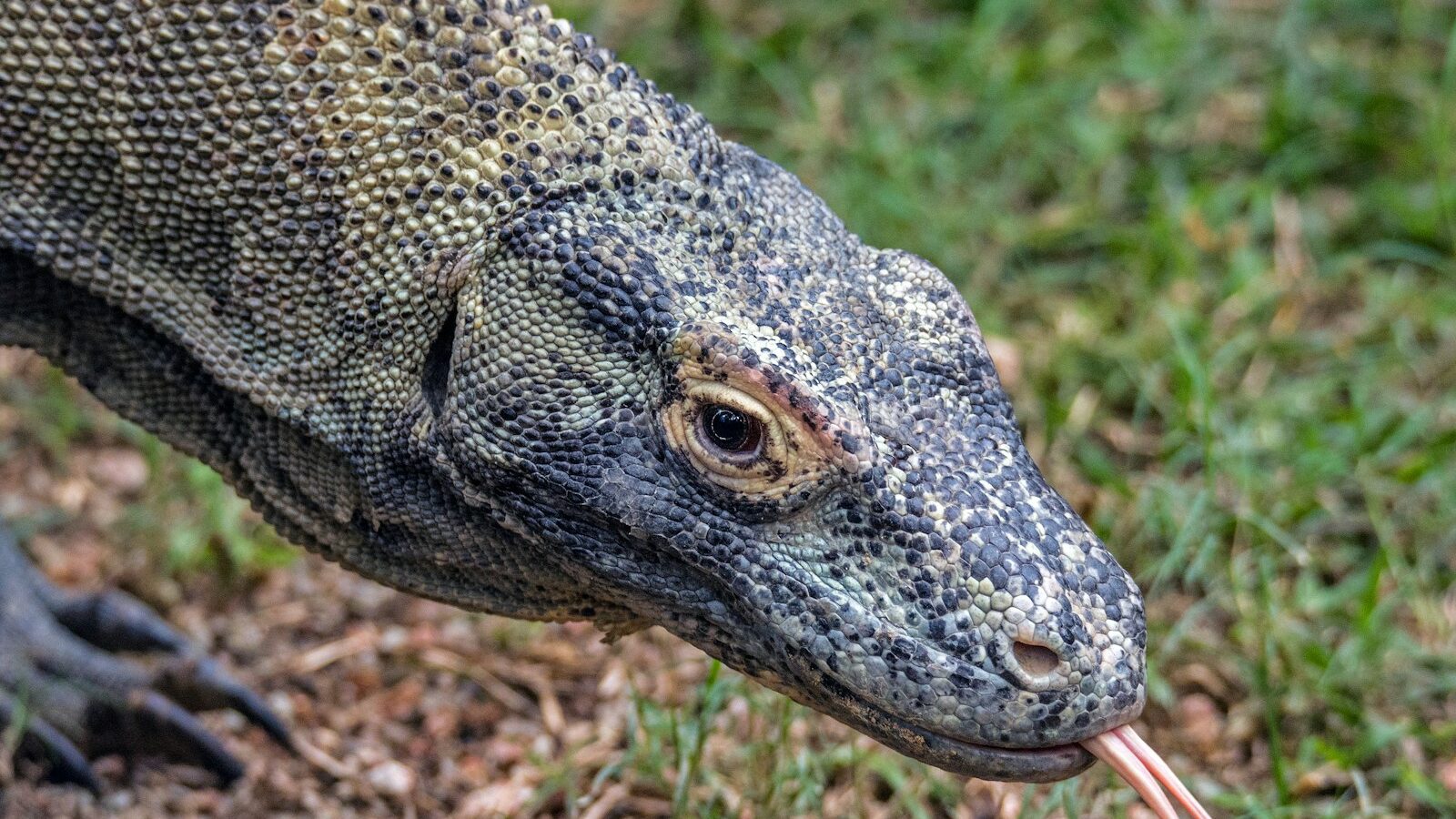

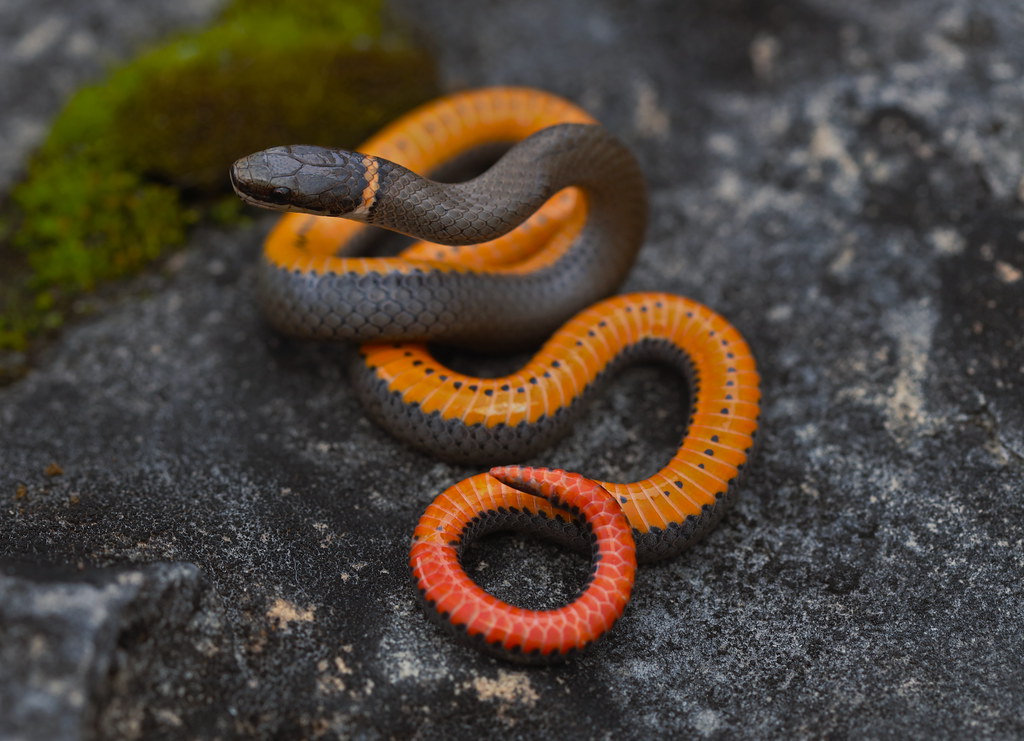
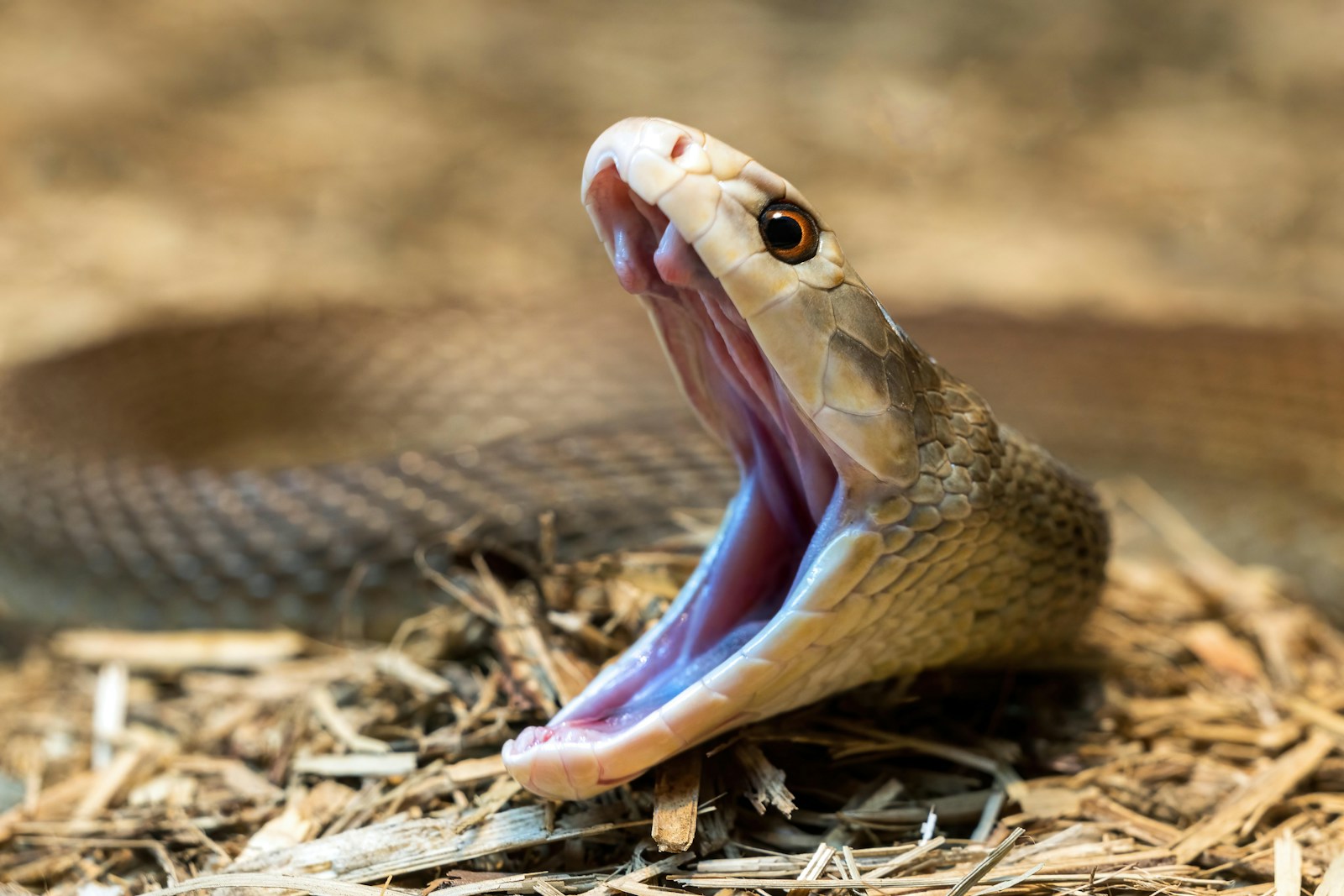
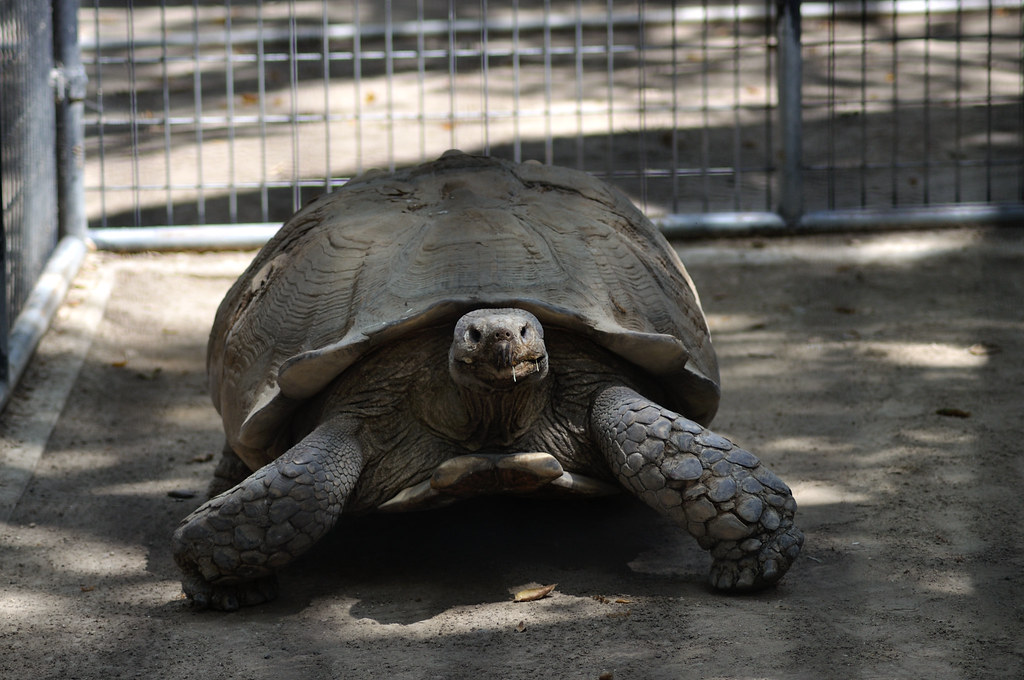
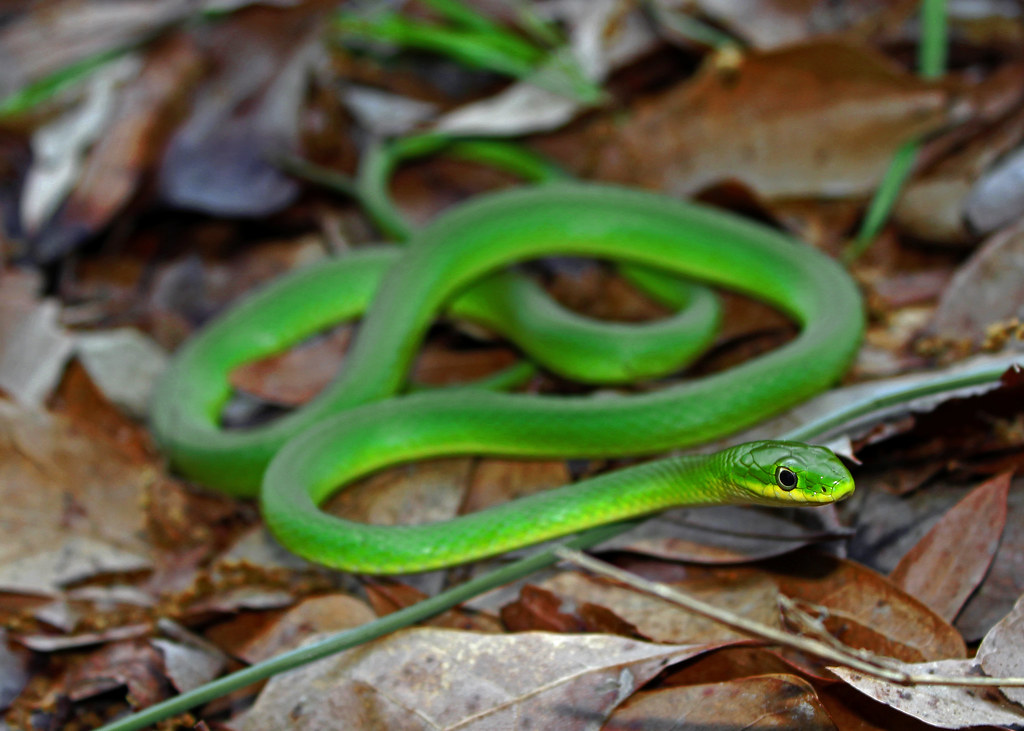

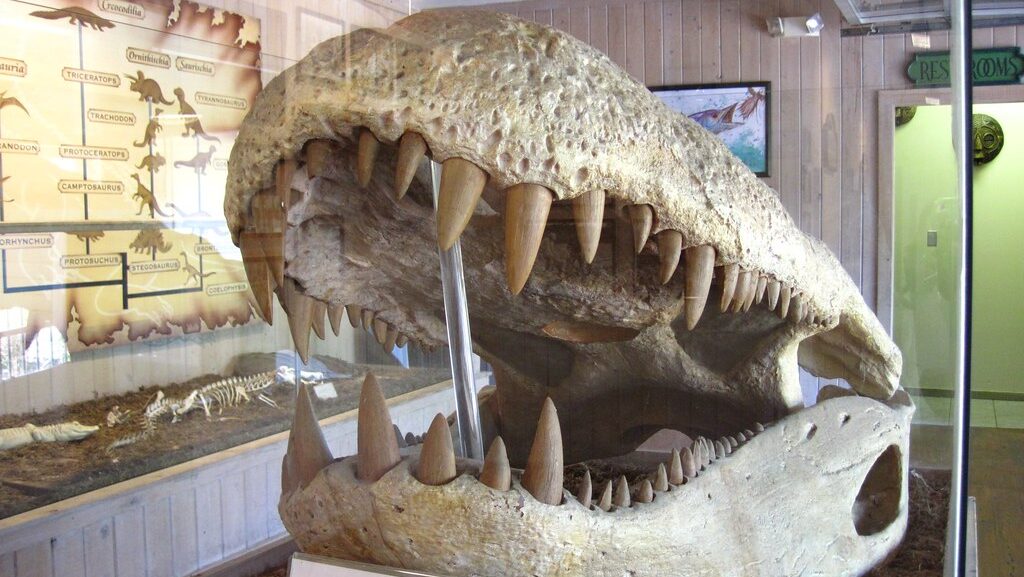
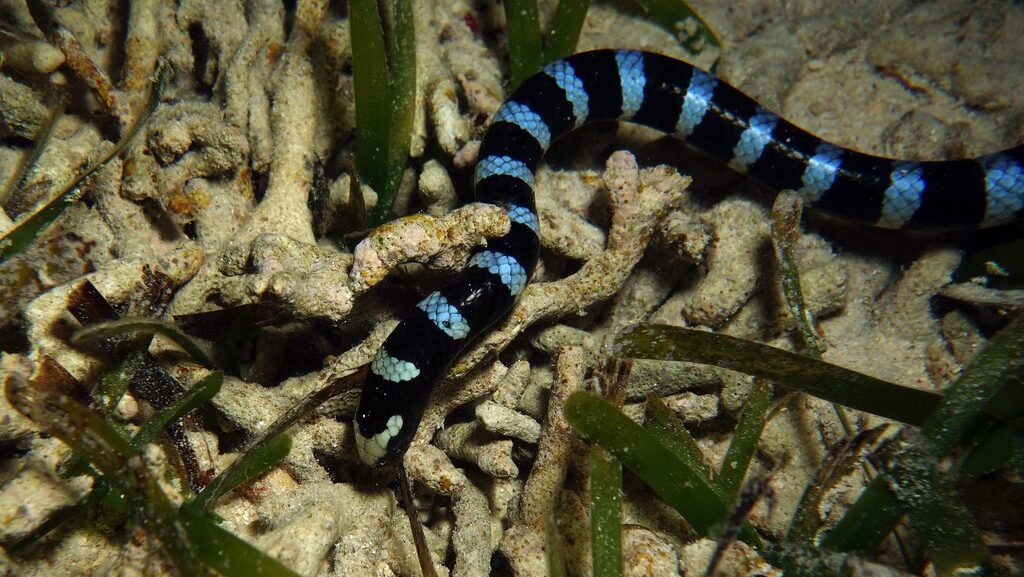
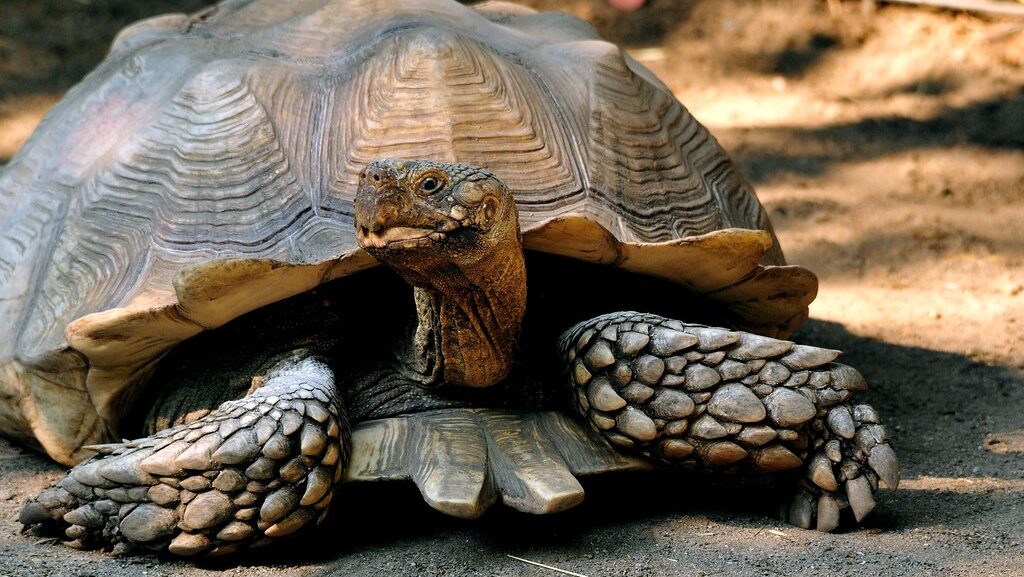
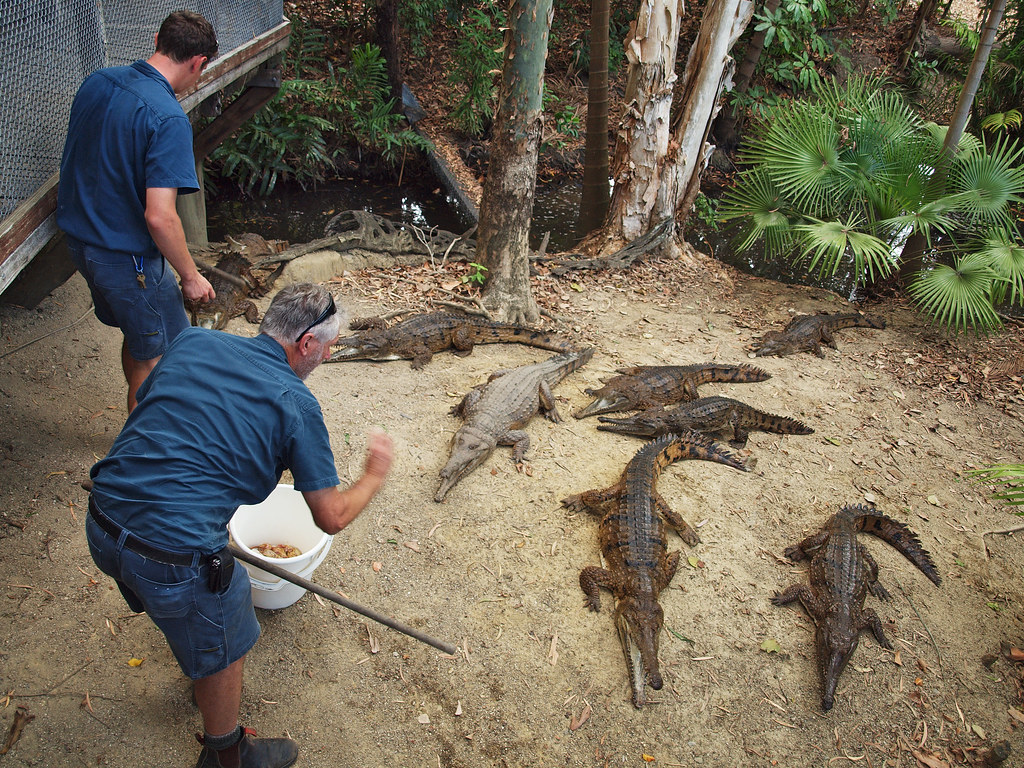



Leave a Reply